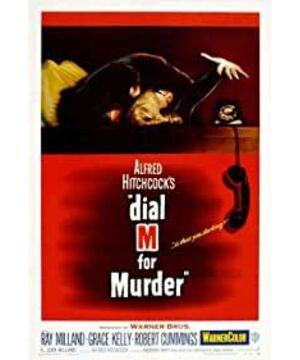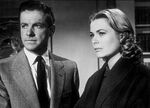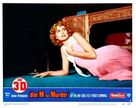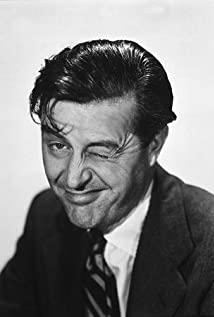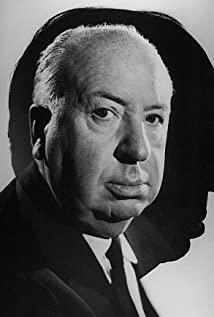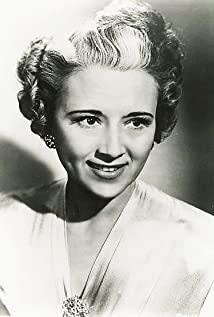The two main factors that catch the attention of suspense and inference films are: the half-understood crime plot full of suspense, and the intricate and contradictory human relations.
Different from other classic suspense and reasoning films, this film puts the audience in an omniscient perspective, explains all the premeditated implementation steps of the criminal act to the audience, and also shows the contradictory interpersonal network with multiple "victims" to the audience. This guides the development direction of the audience's thinking - "In stories, things turn out the way the author wants. And in real life, they don't always." Such a sentence becomes the contradiction of the first 2/5 of the film. clue. It makes the murder plot that was originally made public unpredictable and becomes unexpected and impactful. It is also for this reason that the details of force majeure errors in the process of the case have become the key point in revealing the truth of the case.
At the beginning of the film, the identity and social relationship of the characters are explained, which is to weaken the suspense factor and strengthen the ethical factor. The murder plotter Tony is a husband who was concealed and deceived by a cheating wife; the framed "murderer" Margot is a hypocritical and unfaithful wife; the tragic deceased Swan is a shameless villain who is willing to kill for money. The only innocent bystander, Mark, is about to lose his beloved woman, but she is a married woman! The key characters in the film all have dual ethical identities, which allows the audience to have different choices when making plot judgments, especially each appearance of the detective will not indicate a clear suspect, which will make the audience fully immersed. The thinking and judgment of the direction of the investigation progress adds a full participation to the film.
Personally, although I understand the law that most bad guys in movies will be brought to justice, I am confused about the concept of "bad guys", especially in such a seemingly unexpected case. It seems that the initiator is the derailed Tony, but it is also because of being derailed. In many cases, it is difficult to judge. Although the seriousness of legal trials far exceeds that of moral trials, the social scope of moral trials is far more than material ones.
The first two-fifths of the film are the process of the case, the stage in which the audience passively accepts the information presented by the narrator. The characters in the story are pure individuals who independently promote the plot. In the last three-fifths of the film, the audience carries information (including not only the plot information of the case, but also the identity information of the characters) into the plot to think, suspect and even exonerate. When the audience has subjective knowledge, they will have different ideas about the same plot.
The excellence of this film is that it not only allows the audience to appreciate the rigorous and interesting perfect crime in the first 2/5 parts, but also allows the audience to devote themselves to the tense process of getting off the crime and convicting the conspirators in the latter 3/5 parts, and actively carry out moral ethics. trial. This film has a typical reasoning shell, and an excellent ethical core, a classic.
View more about Dial M for Murder reviews


